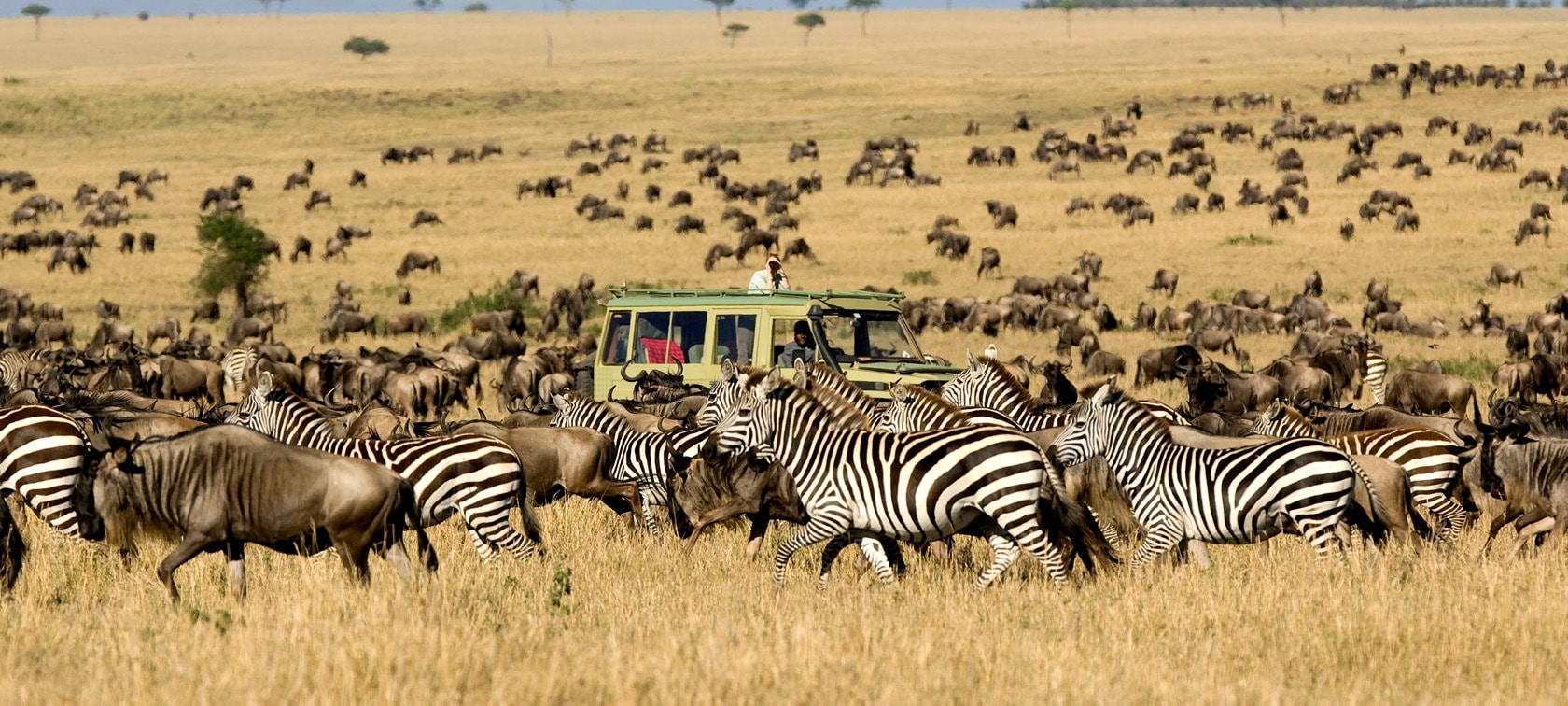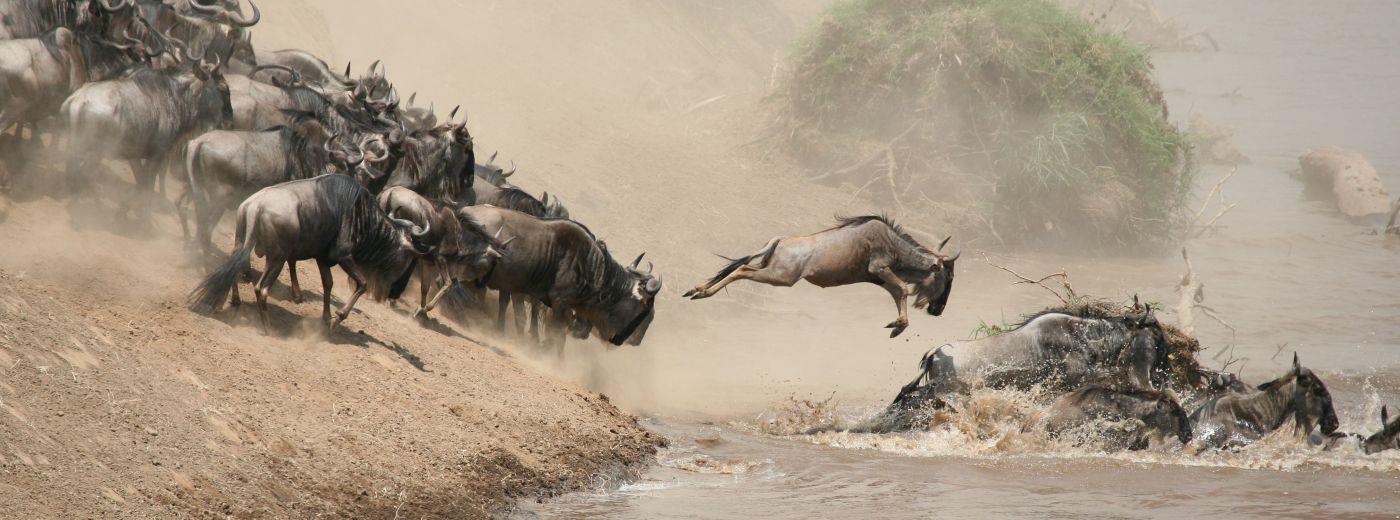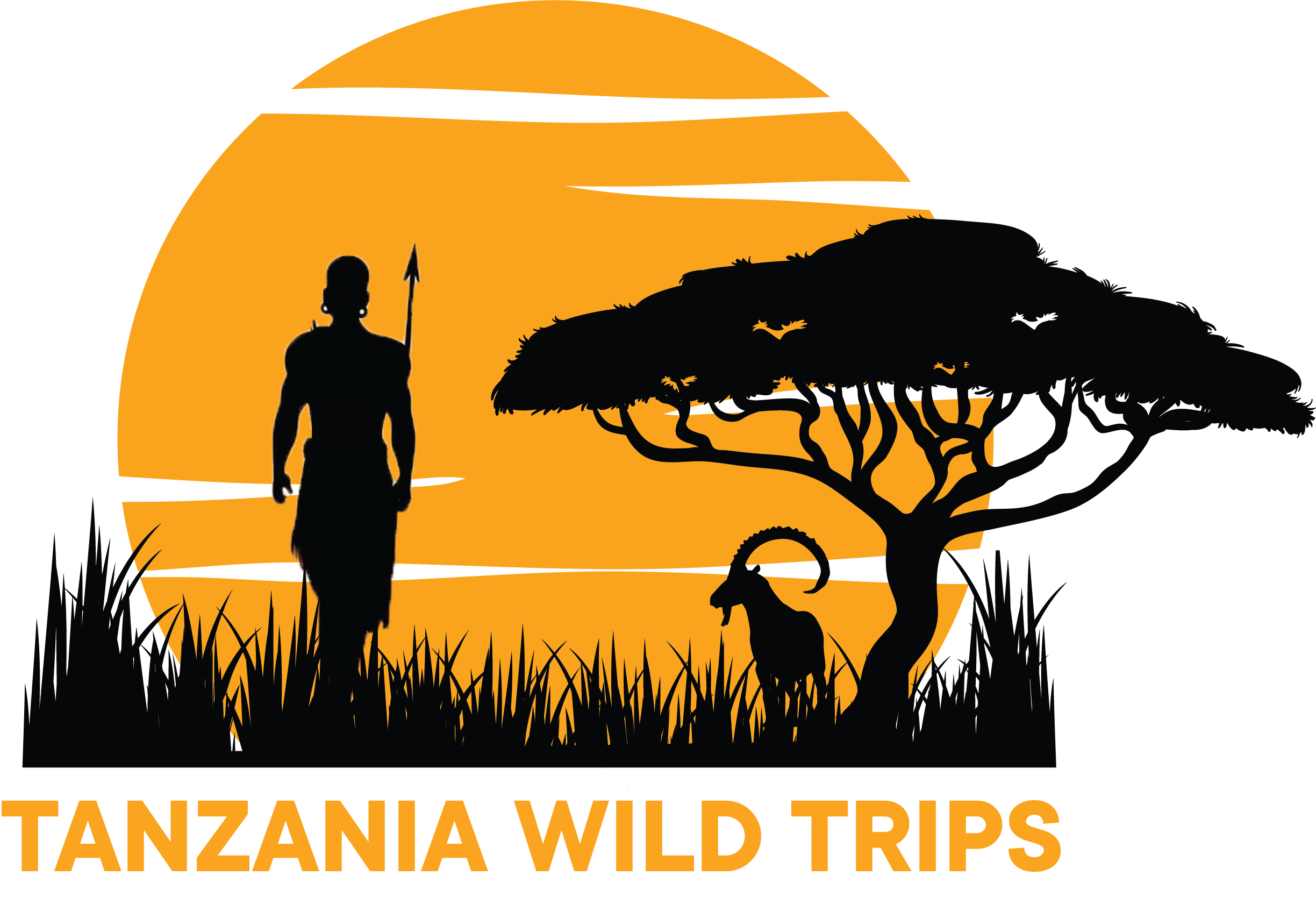Great Migration
The Great Migration
Nature’s Grandest Spectacle
The Great Migration is an awe-inspiring wildlife event, where over 1.5 million wildebeest, along with zebras and gazelles, journey across the Serengeti in Tanzania and Maasai Mara in Kenya. This epic trek covers nearly 3,000 kilometers, driven by the search for fresh grazing. Visitors can witness dramatic river crossings, where predators like lions and crocodiles lie in wait. Safari activities include game drives, hot air balloon rides, and walking safaris, offering unparalleled views of this natural wonder. Conservation efforts and local community involvement are key to preserving this vital ecological phenomenon. Experience the Great Migration, one of the best wildlife events in Africa, and a bucket-list safari adventure.

Geography and Landscape:
The Great Migration is one of the most remarkable wildlife events on Earth, taking place across the vast savannas of the Serengeti in Tanzania and the Maasai Mara in Kenya. This annual migration covers a circular route of nearly 3,000 kilometers, driven by the seasonal rains and the search for fresh grazing lands. The landscape is an ever-changing tableau of open plains, rolling hills, riverine forests, and acacia-dotted grasslands, providing a stunning backdrop for this epic journey.
Flora and Fauna:
The Great Migration involves over 1.5 million wildebeest, accompanied by 200,000 zebras and hundreds of thousands of gazelles and other herbivores. These herbivores are followed closely by predators such as lions, cheetahs, leopards, and hyenas, creating a dynamic and often dramatic display of survival. Along the way, the migrating herds must navigate treacherous river crossings, where Nile crocodiles lie in wait. The migration plays a crucial role in the ecology of the Serengeti and Maasai Mara, ensuring the renewal of grasslands and supporting a wide range of biodiversity.

Activities:
Witnessing the Great Migration is a once-in-a-lifetime experience for many travelers. Safari activities include guided game drives, where visitors can observe the herds as they move across the plains and the dramatic river crossings that occur during the migration. Hot air balloon safaris offer a unique perspective of the migration from above, while guided walking safaris provide an intimate connection with the land and its inhabitants. The migration can be experienced year-round, with different parts of the migration cycle occurring in various regions throughout the year

Conservation and Community:
The Great Migration is a vital aspect of East Africa’s ecological and cultural heritage. Conservation efforts focus on protecting the migration routes, which are threatened by habitat loss, human encroachment, and climate change. Both the Serengeti and Maasai Mara are protected areas, but ongoing efforts are needed to ensure that these landscapes remain intact. Local communities play a key role in these conservation efforts, with initiatives that promote sustainable tourism, wildlife management, and the preservation of traditional ways of life. Eco-tourism projects help support these communities, ensuring that they benefit from the influx of tourists drawn by the Great Migration while also fostering a sense of stewardship for the land and its wildlife.
